Jude Stewart explains the art of smelling ...
In the Indian city of Kannauj, perfumers have been making a scent called mitti attar for centuries. From April through May, workers pry blocks of parched clay from the ground. The blocks are baked into disks in ovens, which are then warmed over water distillers. When the clay reaches the right temperature, steam slowly releases the earth’s smell. That steam is captured and distilled into vats of sandalwood oil, the perfume’s base. The smell that’s released is petrichor, the scent of dry earth after rain, a bright mineral tang edged with a hint of sourness. In Kannauj, this is the scent of the precise day when months of dry heat give way to monsoons.The Greek word petrichor, meaning “blood of stones,” was coined in 1964 by two Australian scientists, Isabel “Joy” Bear and Richard Thomas, who were researching this substance and its purpose. As part of their work, the scientists extracted a golden oil from a variety of soil types: sand, dirt, clay. They learned that plants secrete these fatty acids, mostly palmitic and stearic acids, into the soil, and that those secretions become concentrated between rainfalls. After a drought ends, plants often have a surge of growth, and so Bear and Thomas suspected that petrichor was a fertilizer. It turns out, however, that it’s a defense. Plants secrete the fatty acids to slow the growth of nearby plants, reducing competition when water is scarce.Petrichor emanates from millions of raindrops falling all at once, giving this smell a stereoscopic quality. In 2015, a team of MIT scientists determined how petrichor reaches our noses. Using high-speed cameras, they observed that when a raindrop hits a porous surface, it traps tiny air bubbles at the point of contact. In a slow-motion video, you can see a raindrop hitting a surface. The drop briefly assumes a doughnut shape, then flattens into a disk. Infinitesimal droplets rise from the disk like fireflies buzzing over a lake. Those droplets lift petrichor from the soil, infusing the air.Petrichor reminds you of the idea that smell is what happens when a substance becomes airborne. In the case of petrichor, that substance is a golden oil, secreted into the soil by rivalrous plants. Smells ride on air and impart personality to it.Petrichor also reminds us that air is three-dimensional. The air’s stillness after a rain shower is monumental, pungent, and temporary. (Picture petrichor as a golden cube of air above the ground, trembling like amber-scented Jell-O.) As you smell, you’re observing a change happening here and now. With petrichor, it’s particularly noticeable. Each smell pins a moment in space and time, with you, the smeller, as its witness.
















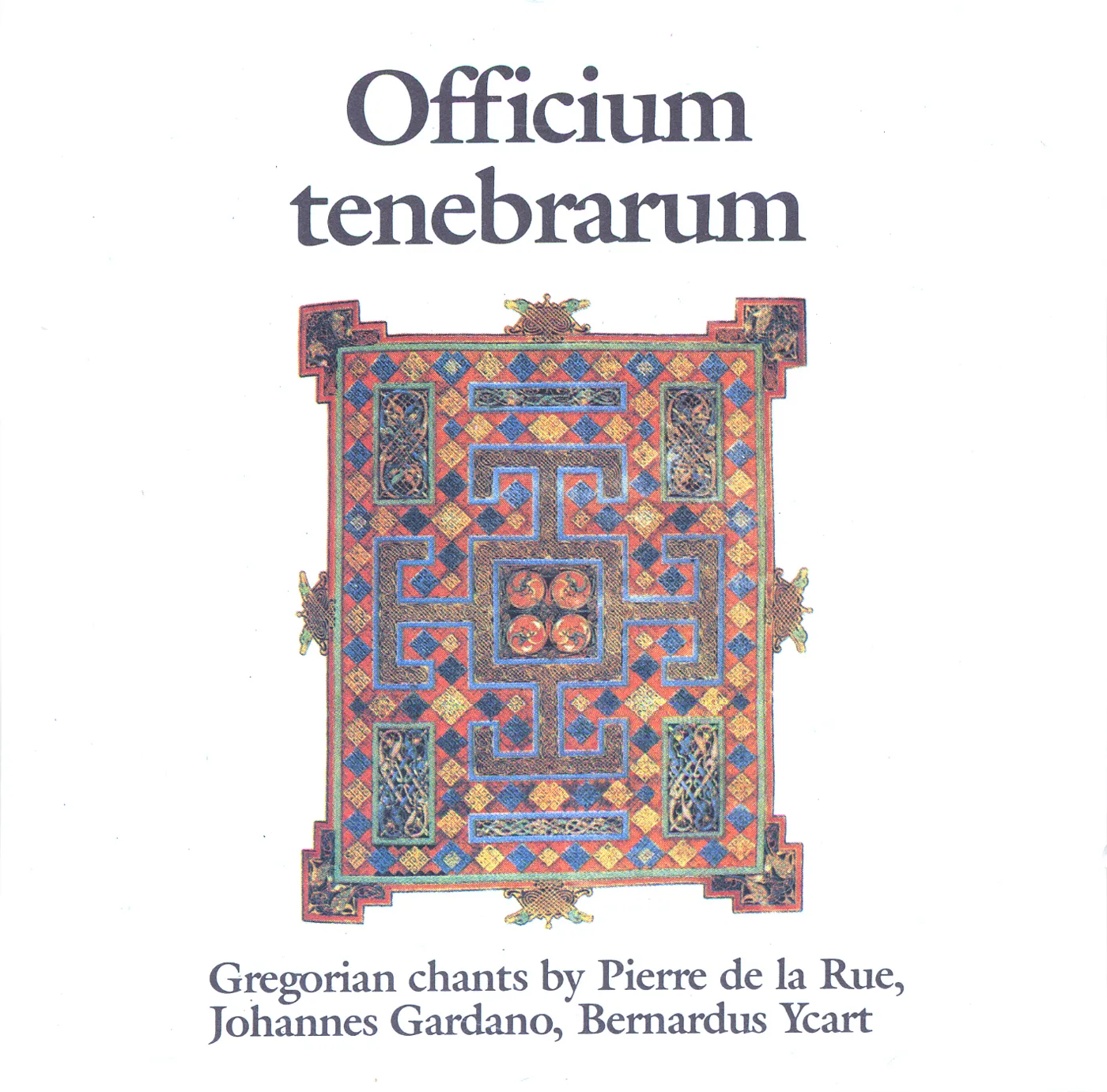





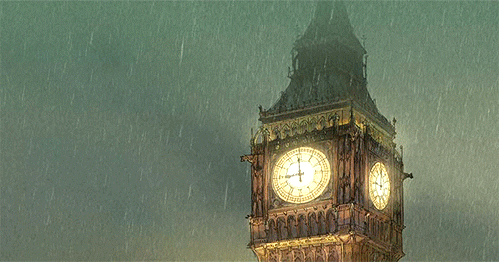



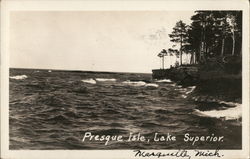



















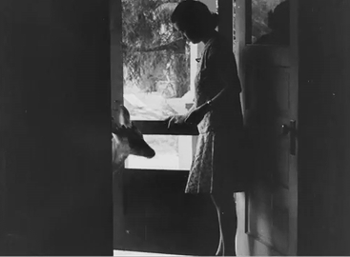













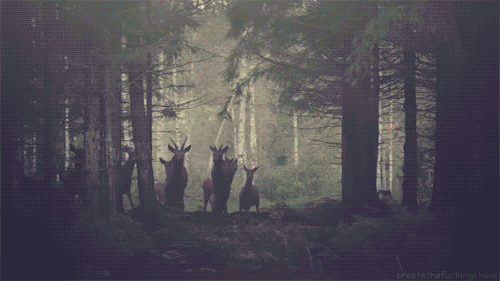
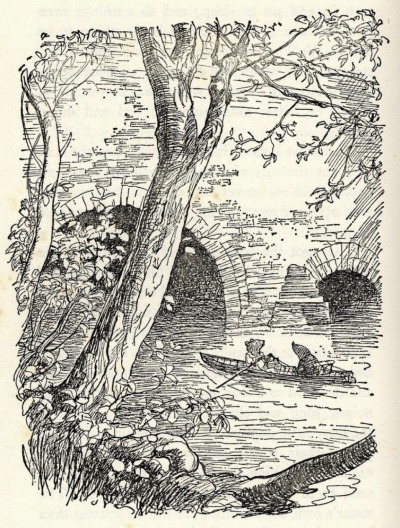
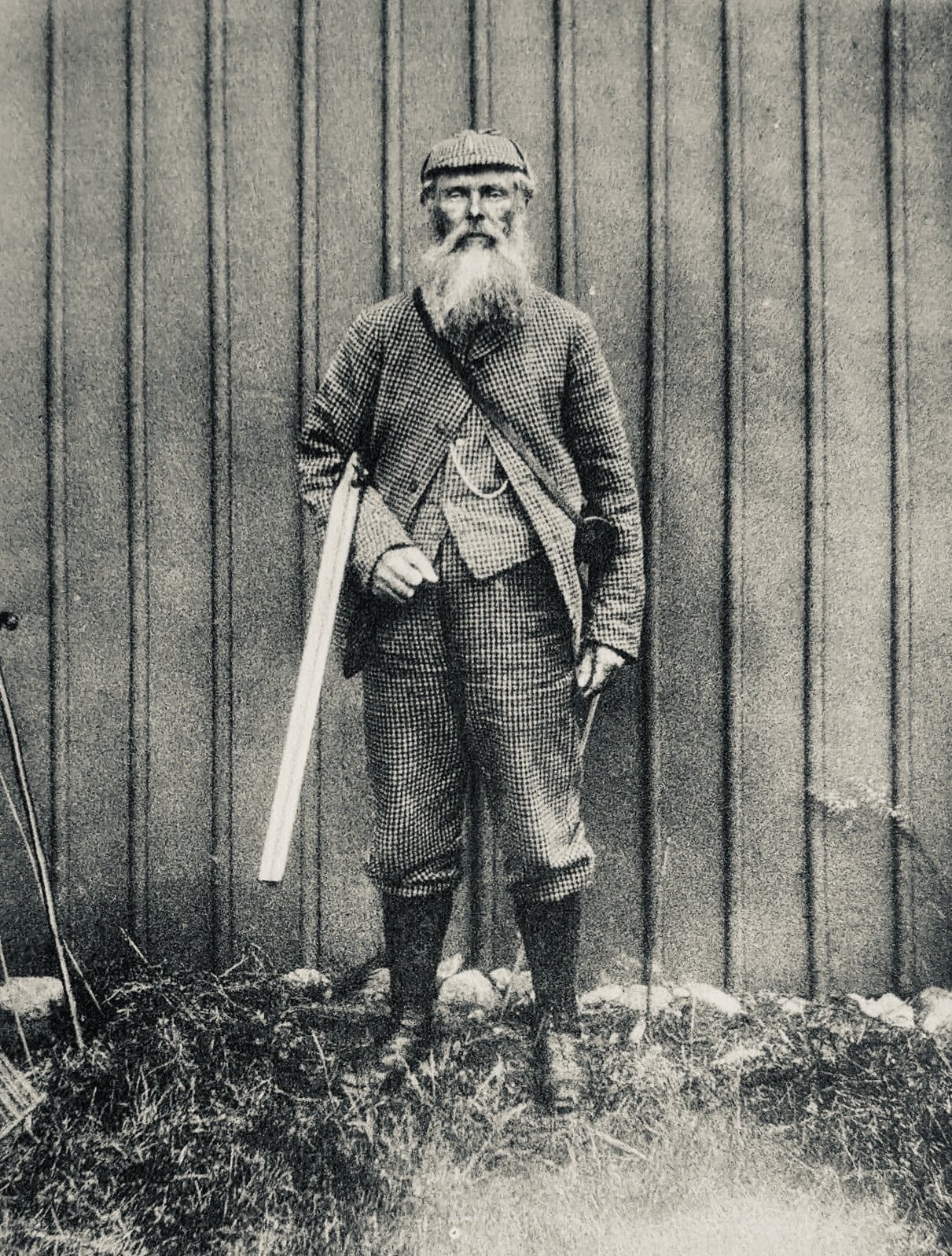




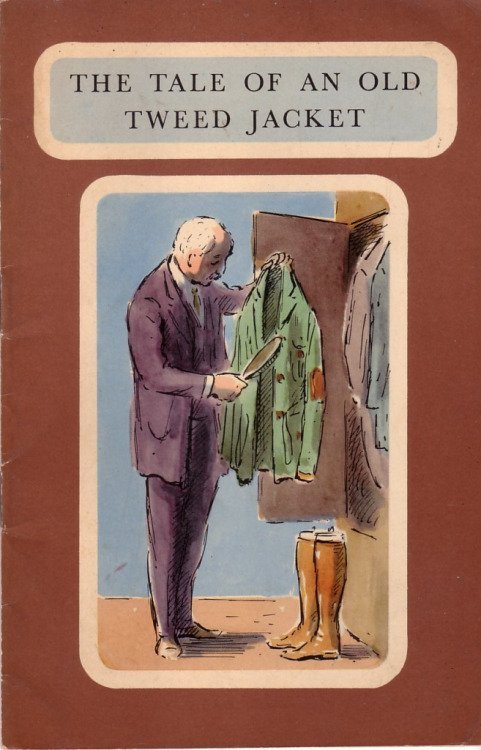










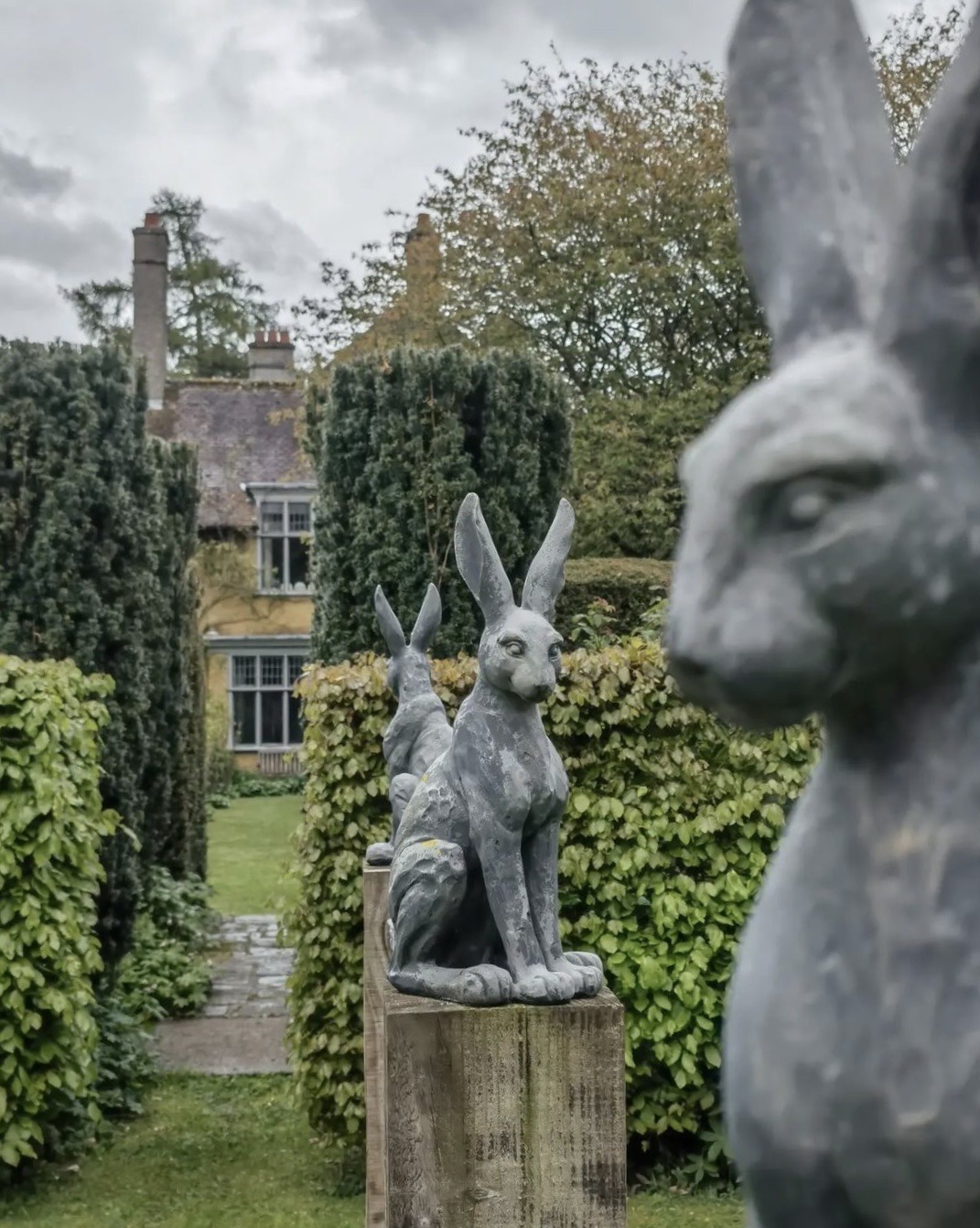

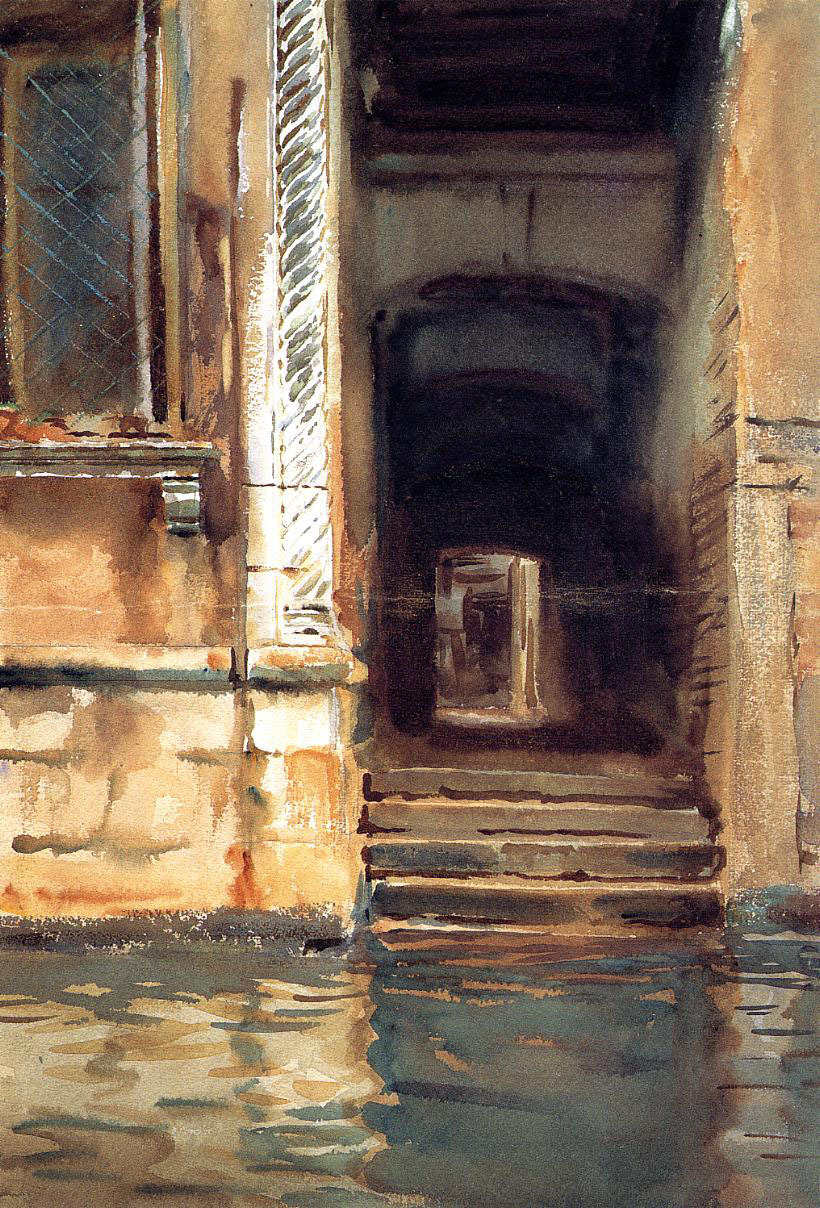









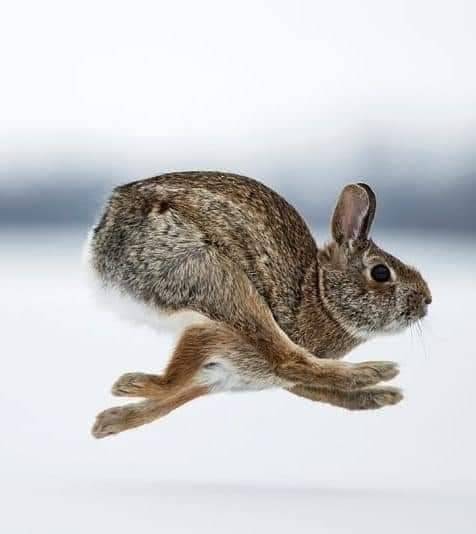
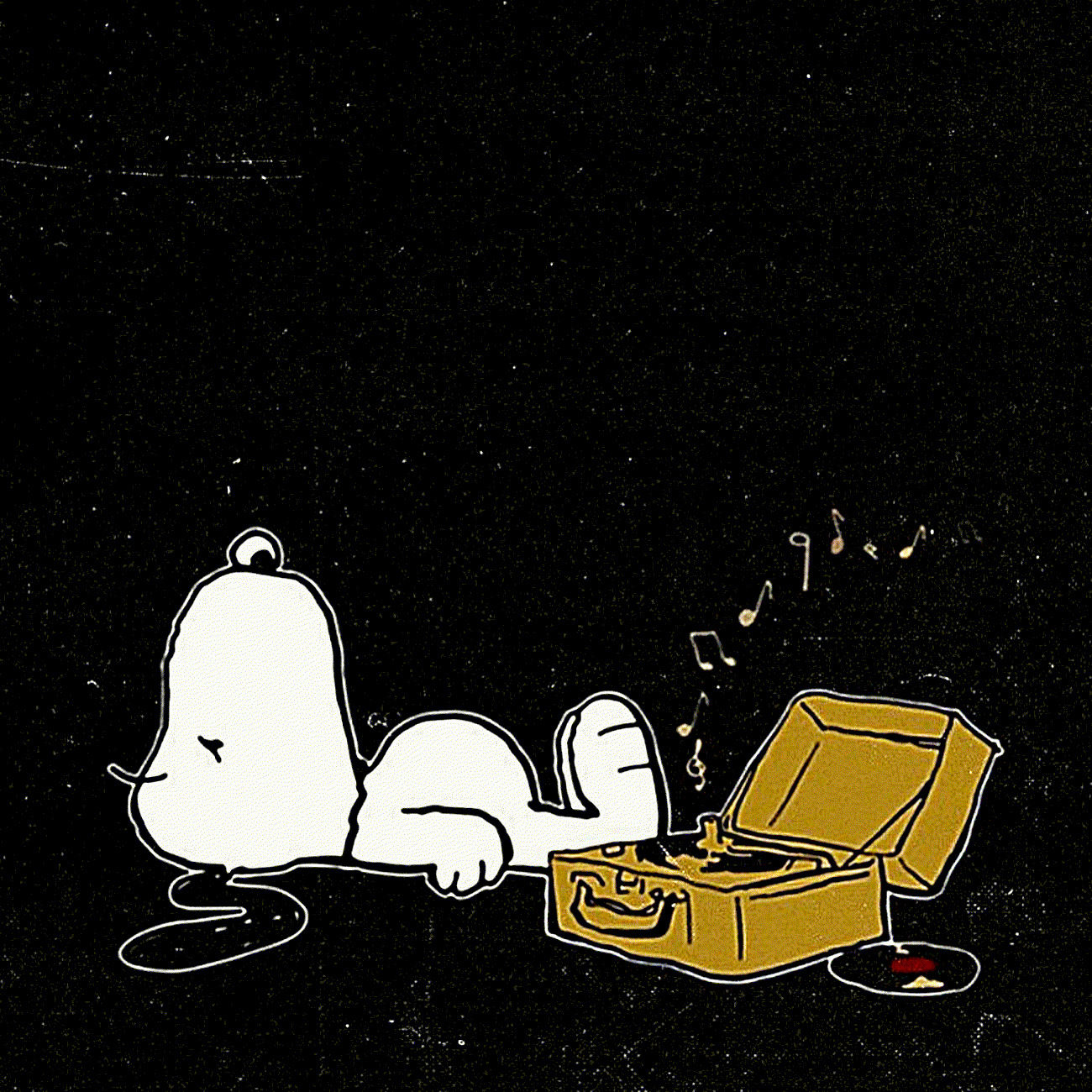

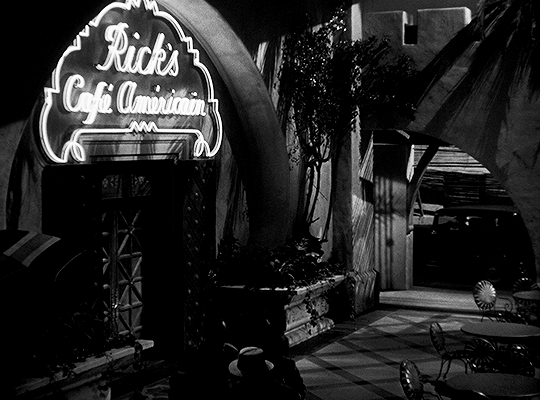





















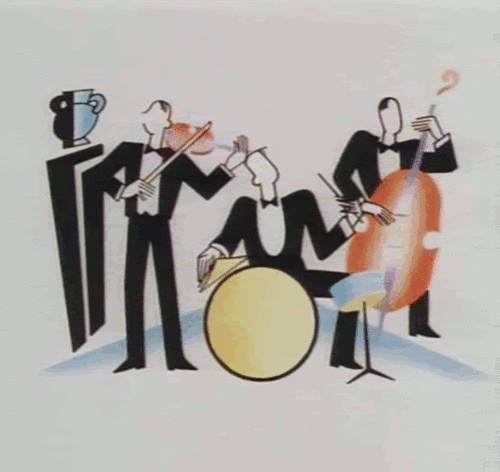









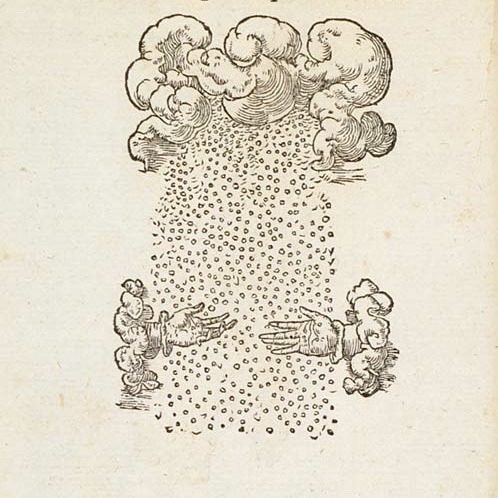


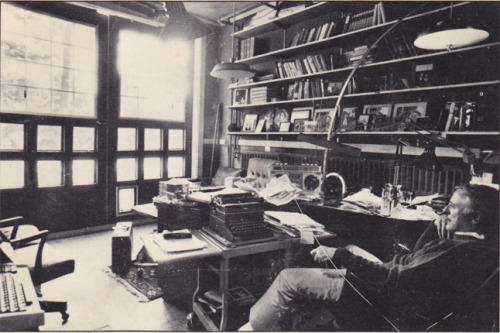


























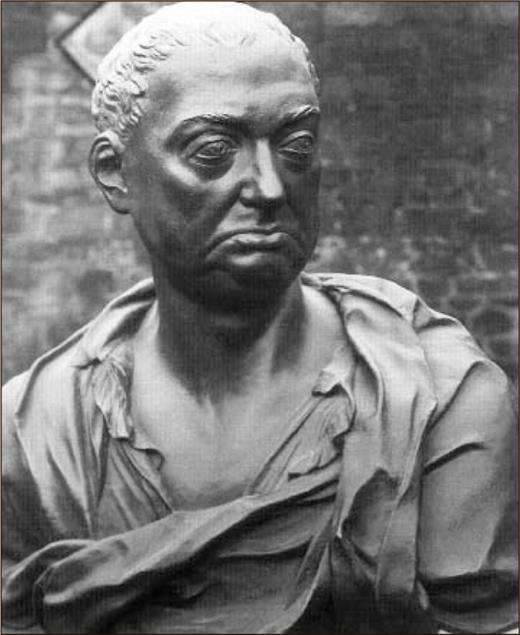












No comments:
Post a Comment